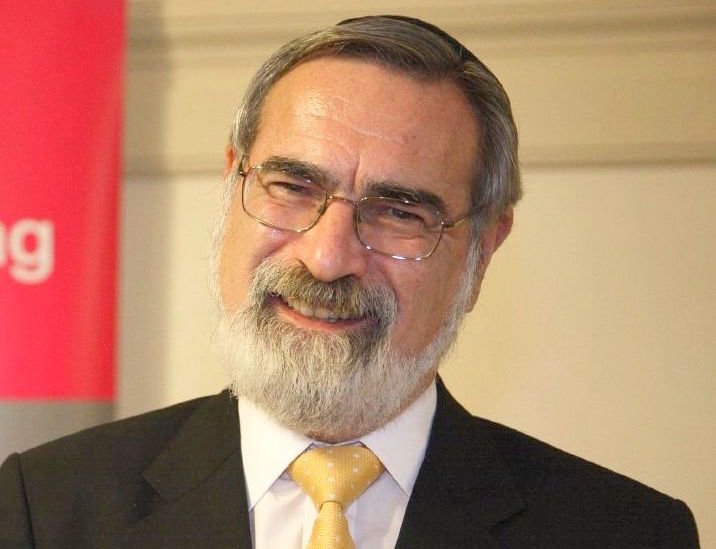Rabbi Jonathan Sacks
200 results total, viewing 1 - 10
|
The festival of Shavuot is a mystery wrapped in an enigma. Here is how Shavuot is described and defined in parshat Emor:
“From the day after the Sabbath, the day you brought the sheaf of …
more
By Rabbi Sir Jonathan Sacks zt"l
|
6/10/24
|
|
There are, it is sometimes said, no controlled experiments in history. Every society, every age, and every set of circumstances is unique.
Yet this is not quite true. The history of the past …
more
By Rabbi Sir Jonathan Sacks z"tl
|
5/22/24
|
|
A longside the holiness of place and person is the holiness of time, something parshat Emor charts in its deceptively simple list of festivals and holy days (Lev. 23:1-44).
Time plays an …
more
By Rabbi Sir Jonathan Sacks z"tl
|
5/15/24
|
|
The nineteenth chapter of Vayikra, with which our parsha begins, is one of the supreme statements of the ethics of the Torah. It’s about the right, the good and the holy, and it contains some …
more
By Rabbi Sir Jonathan Sacks z"tl
|
5/8/24
|
|
The Sages understood tsara’at , the theme of this week’s parsha, Metzora, not as an illness but as a miraculous public exposure of the sin of lashon hara , speaking badly about people.
…
more
By Rabbi Sir Jonathan Sacks zt"l
|
4/17/24
|
|
I t was the Septuagint, the early Greek translation of the Hebrew Bible, that translated tsara’at, the condition whose identification and cleansing occupies much of Tazria and Metzora as …
more
By Rabbi Sir Jonathan Sacks zt"l
|
4/10/24
|
|
Shemini tells the tragic story of how the great inauguration of the Tabernacle, a day about which the Sages said that G-d rejoiced as much as He had at the creation of the universe, was overshadowed …
more
By Rabbi Sir Jonathan Sacks zt"l
|
4/3/24
|
|
In “The Watchman’s Rattle,” subtitled “Think- ing Our Way Out of Extinction,” Rebecca Costa delivers a fascinating account of how civilizations die. When their problems …
more
By Rabbi Sir Jonathan Sacks z"tl
|
3/27/24
|
|
O ur parsha, Vayikra, which deals with a variety of sacrifices, devotes an extended section to the chattat , the sin offering, as brought by different individuals: first the High Priest (Ex. 4:3-12), …
more
By Rabbi Sir Jonathan Sacks z"l
|
3/20/24
|
|
Pekudei has sometimes been called “The Accountant’s Parsha,” because that is how it begins, with the audited accounts of the money and materials donated to the Sanctuary. It is the …
more
By Rabbi Sir Jonathan Sacks zt"l
|
3/13/24
|


